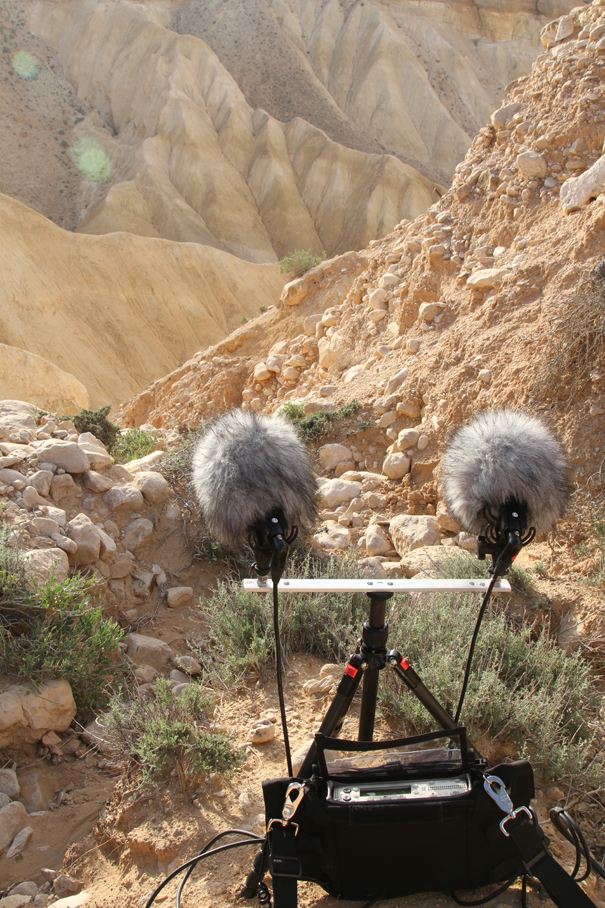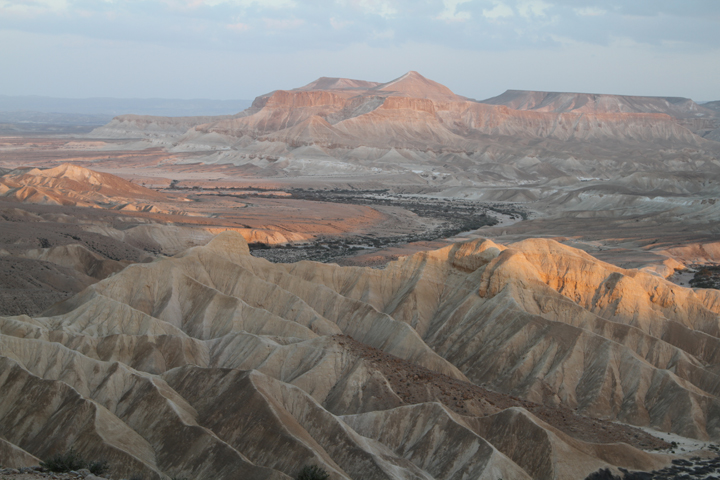This fall I tried something new in my advanced seminar “Sound, Silence, and the Sacred,” premised on Jonathan Sterne’s claim that “the history of sound implies a history of the body” and Brandon LaBelle’s argument that “sound is intrinsically and unignorably relational: it emanates, propagates, communicates, vibrates, and agitates; it leaves a body and enters others; it binds and unhinges, harmonizes and traumatizes; it sends the body moving, the mind dreaming, the air oscillating.” Each week I asked the students to make a recording (of any sound or soundscape) and to write a reflection paper about what they discovered at the intersection of their recording and the readings for the week. My goal was to pursue two lines of inquiry into the world of sound: the first was to think through how sound, place, and identity are intimately interwoven in a web that is both ephemeral and transformational; the second was to explore how the practice of making recordings might in fact shape our understanding of sound both in the contemporary world and in history. Recording sounds is an embodied experience, I have found, and thus it provides tremendous affective insight into sound, even historical sounds. The seminar’s capstone project was the creation of a website for which I gave my students only the faintest suggestion—a Cornell Sound Map perhaps?—where they now offer listeners a veritable auditory feast of campus and community sounds as well as an aural record of their work. It also provides them with the ability to be transported back to the moment they made the recording, to remind themselves of where and who they were at that time. Sound is intimately interwoven with memory, the body, and imagination.

But what about recording modern soundscapes in conjunction with a historical project, I asked them? Truth be told, it is a question I have asked myself ever since I began making field recordings as part of a historical project on desert sounds and the religious imagination in late antiquity. Several years ago I became convinced that in order to understand the sonic imagination of late ancient Christian monastic texts from Egypt and Palestine, I needed to record the sounds of modern desert environments. Over the course of several years, I traveled multiple times to the four deserts of North America and to the Negev and Judean deserts in Israel/Palestine. My recordings are not intended, of course, as transparent records of what the ancients heard when they went to the desert any more than, say, a photograph of an archaeological site could conjure up lived experience; to my mind, field recordings of wind, water, birds, insects, and so forth were both a necessary evocation—an instance of a place “calling out” its signature sounds—and crucial instruction for how to read, imagine, and hear an acoustic register mostly obscured by mostly silent texts. The sayings and lives of the desert fathers, the writings of Athanasius, Besa, and John Climacus, and others—were not so silent after all, I found. Barren mountain canyons echo with the croaks of ravens, wind howls around rocks and through crevices, birds set up their home territories each spring with their voice, and the sound of water is especially striking in arid landscapes—no wonder, then, it features through biblical and postbiblical literatures in richly paradoxical form: rushing waters can be the sound of God’s voice or the sound of terrifying beasts and demons. In fact, these stories of desert saints betray a dynamic repertoire of sounds through which to understand Brandon LaBelle’s “acoustic territories,” to rethink how identities are fashioned through sensory experiences of place, and to enliven an embodied experience of a sacred and sonorous desert.
I hope to suggest by way of two very brief examples how modern recordings can illuminate the study of ancient texts. The first comes from the Wisdom of Solomon, a work probably composed by a Hellenistic Jew from Alexandria in the first century BCE. It is in some sense a “classic” work of wisdom literature as it exhorts readers to righteousness and condemns the ungodly and, above all, praises wisdom: “Wisdom is radiant and unfading, and she is easily discerned by those who love her” (6:12). Within a set of chapters on “uninstructed souls” and “lawless people”—an extended foray into the differences between Egyptians and Israelites—we find the following passage:

Listen:
Consider another example, here taken from the Life of Antony, the paradigmatic story of an Egyptian Christian hermit told by the fourth-century Alexandrian bishop Athanasius: as the story begins, Antony hears the words of the gospel (“go sell everything and come follow me”) read in church and decides to take this literally, selling his possessions and going into the far reaches of the desert to live as a hermit. One of themes implied by the story is that he will also face fewer distractions in the desert, especially acoustic distractions. But what happens is precisely the opposite: in fact, Athanasius tells the story of a cacophonous desert: “the [demons] when it was nighttime made such a crashing noise that that whole place seemed to be shaken by a quake. . . . and altogether the sounds of all the creatures that appeared were terrible, and their ragings were fierce” (Life of Antony 9). Throughout this text demons make “obnoxious noises;” they clap, hiss, crash, and shake Antony’s ascetic resolve. It would be too simple to dismiss such passages as fanciful imagination, and a modern recording forces us to reconsider. The language here used to describe the sounds of demons—crashing like thunder, and shaking like earthquakes, hissing like snakes—are some of the most dynamic sounds one hears when recording in desert environments. The crashing of thunder is, indeed, a nearly surreal surround sound in a mountainous desert that reverberates all the more in a dark deserted wilderness. But there is a weapon one can use against the din of demons: Antony, in fact, partly becomes a monk by way of an acoustic exchange or, an acoustic ecology, if you will: he wards off the noisy demons who torment him with his own sounds of chanting and prayer. Sound is relational.
Listen:
If there is a late ancient Near Eastern counterpart to the Native American Naalagiagvik, the “Place Where You Go to Listen,” it is surely the mountain, the wilderness, and, above all, the desert. The desert reverberates in biblical and postbiblical Jewish and Christian literatures as a place of revelation, temptation, and at once a site of alienation and belonging. Far from empty, static, and silent wastelands, deserts are endlessly productive for the religious imagination—their undulating sands, ever shifting with wind, become cacophonous landscapes of discovery and transformation. They reveal themselves as social and cultural products; they are not “inactive and at rest” (to quote Edward Casey) but rather dynamic and powerfully evocative. And the practice of listening to them returns us time and time again to our place within their sound worlds.

